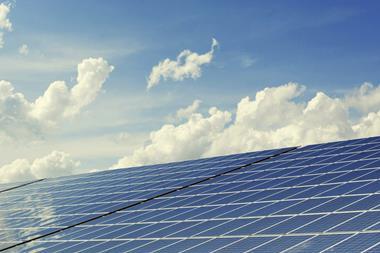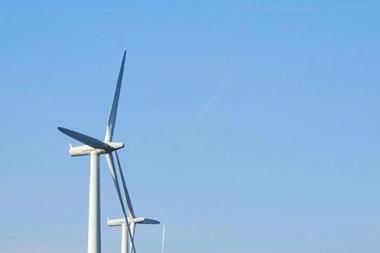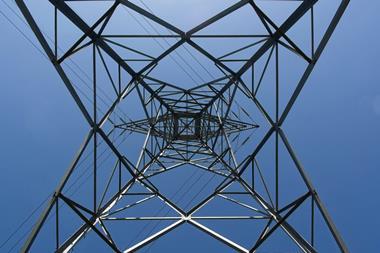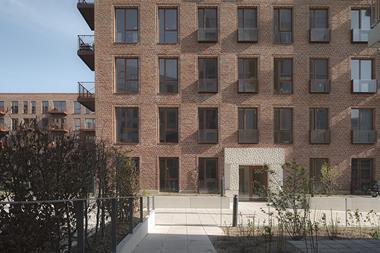Technological advancement in renewable energy could create winners and losers among investors, according to research to be released next week.
The research from JP Morgan Asset Management (JPMAM) suggests that infrastructure investors should look to core assets to reduce performance variations caused by technological changes.
“If the ongoing decline in the cost of renewable energy and battery storage proceeds faster than expected, infrastructure investment performance may vary considerably,” according to the research.
In the report by Serkan Bahçeci, head of infrastructure research, and infrastructure analyst Stephen Leh, JPMAM said: “We believe that core infrastructure investments are relatively less vulnerable to disruption because they are grounded in long-life physical assets that provide essential services.”
Technological progress over the past decade has so lowered the price of renewable power that in many places it is now cost-competitive with coal and natural gas even when renewables are not supported by government subsidies, and “we expect the cost of installing renewable energy projects to continue falling over the next decade, while renewables’ role in the supply stack grows,” it says.
But forecasting the pace and timing of technological advances is “highly challenging,” the analysts write, and some sectors of the infrastructure market are likely to benefit from lower-cost renewable energy and batteries, while other sectors are vulnerable to those trends.
In general, investments in power projects with long-term contracts with creditworthy counterparties should be “relatively insulated,” while merchant power projects – those exposed to spot market pricing – will be “under stress” and likely to see their value fall as the growing capacity in renewable plants that operate at zero marginal cost reduces the average cost of power.
The researchers believe existing wind and solar projects would be “most vulnerable” because “new renewable projects compete for potentially limited transmission capacity, and drive down prices by producing power at similar times.”
Cheaper new installations “could also mean that long-term contracts are no longer necessary to incentivise construction, limiting investors’ ability to recycle capital into new core projects.”
Gas-fired “peaker plants” designed to generate power quickly when demand rises are likely to benefit from the falling cost of renewable energy.
But peakers are vulnerable to disruption from batteries, which compete directly with peaker plants by storing energy produced when prices are low and releasing it when demand rises or when renewable generation dips due to low wind or reduced sunlight.
This suggests that “renewable energy installations and gas-fired “peaker” plants may be complementary investments, with each performing better under different downside scenarios,” the report states.
Low-cost batteries could change power market dynamics by enabling renewable power projects to store energy until prices rise, the research notes.
“Without an economical way to store electricity, renewables projects are forced to sell their power irrespective of the market price. When the wind is strong, for example, all nearby wind farms generate power at the same time, resulting in low prices or outright curtailment,” the authors write, and while solar generation sources are less volatile, a similar logic applies.
“Low-cost battery storage technology is probably more than a decade away, and we expect the costs will decline gradually, as wind and solar technology costs did.”
But batteries are already being utilized to mitigate the intermittency risk of wind and solar generation, pushing the price of power from hybrid renewable solutions to record lows in some major markets.
According to a January report from Matt Gray, an analyst at the Carbon Tracker Initiative, Xcel Energy’s 2017 Colorado filing shows the median bid price for wind plus storage was $21/MWh and for solar plus storage was $36/MWh.
“As far as we know, these are the lowest renewables plus storage bids in the US to date,” Gray wrote.
The bids highlight the difficulty investors face when trying to project the pace of change in energy technology. “Crucially, the amount of storage is currently unknown,” Gray wrote of the Colorado bids.
The combination of renewables plus storage bids are $3-$7/MWh higher than standalone wind and solar bids, he noted, “suggesting a limited amount of storage.”
However, he added, “These changes highlight the dramatic declines in storage costs.”
As technological innovation accelerates, infrastructure investors will need to consider “the potential for disruptive changes in every underwriting,” the JPMAM research states, “constantly assess new risks, and diversify to mitigate volatility.”

















